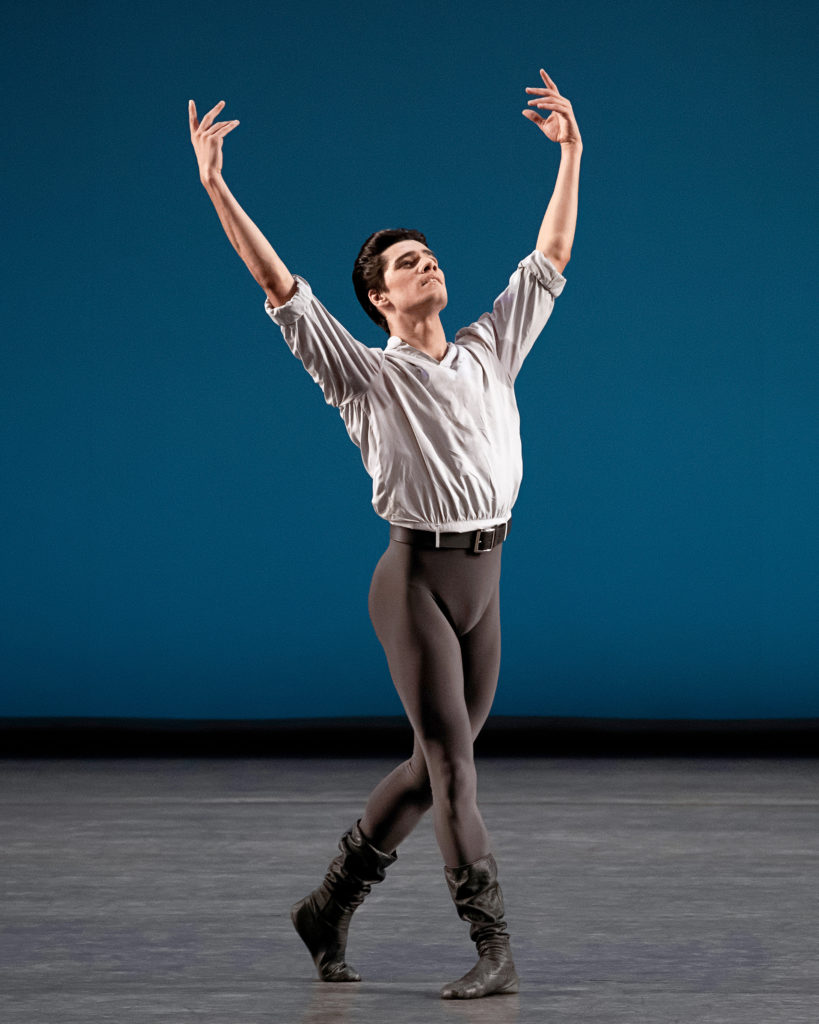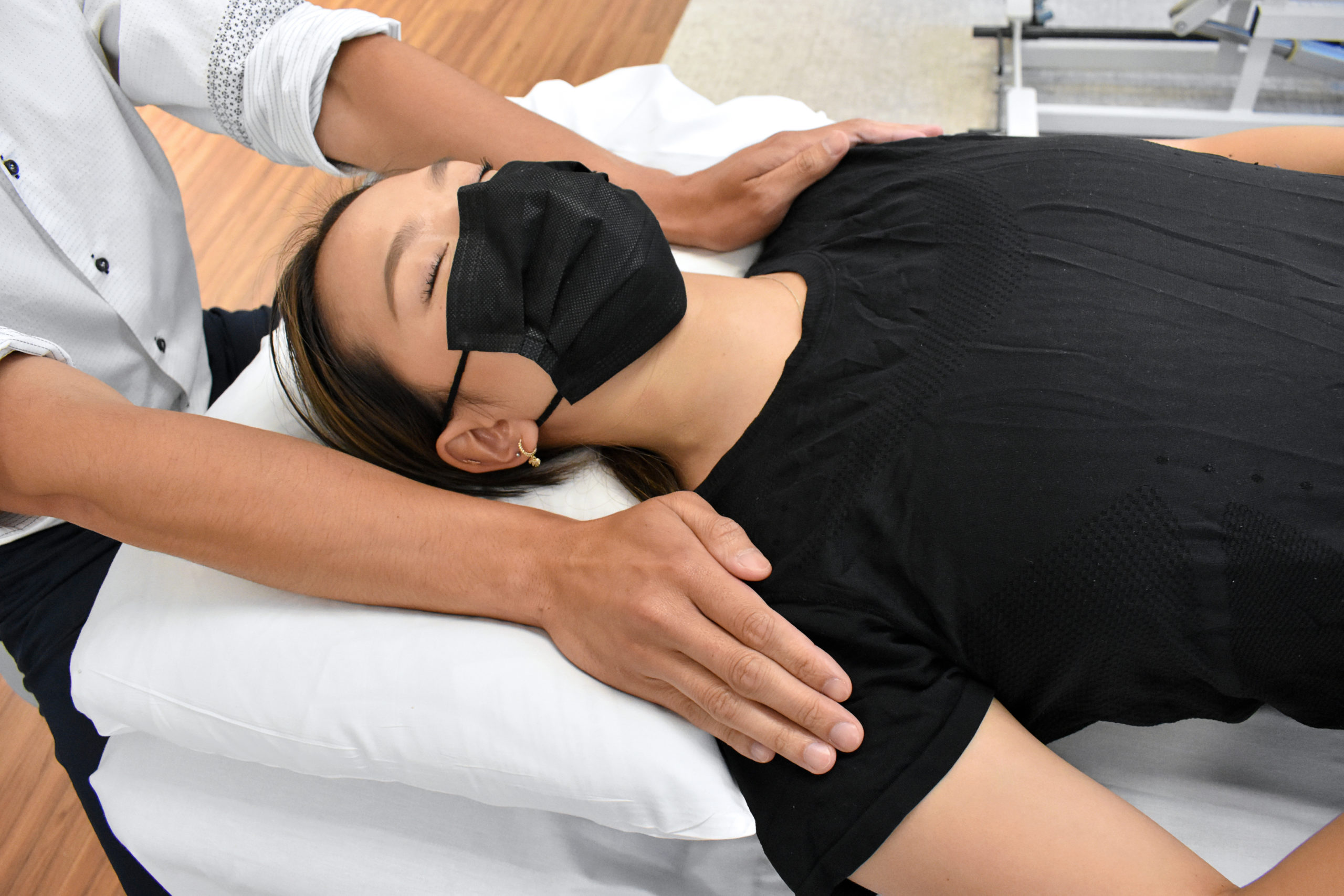A Dancer’s Guide to Reiki

In recent years, New York City Ballet principal dancer Jovani Furlan has added a new practice to his preshow routine: In addition to his typical warm-up and meditation, Furlan will sometimes do a short session of the Japanese energy-based healing practice reiki onstage before the curtain rises. “I clean the energy and connect with all the people who were there before me,” he says, adding that reiki gives him a sense of peace and calmness.
According to Joshua Honrado, an athletic trainer and reiki master who works with dancers at NYU Langone Health’s Harkness Center for Dance Injuries, reiki is increasingly popular among dancers and can have benefits ranging from helping with injury recovery to reducing anxiety. Furlan likens it to an energetic massage. “Why don’t you give your energetic body a massage, like you do your physical body?” he says. “Because it needs it too.”
What Is Reiki?
Traditionally, reiki is performed by a certified practitioner, who sends energy to the recipient’s body either through light touch or by hovering the hands over the body. The recipient may feel warmness or tingling, or even experience visual stimulation.
Those who’ve received the first reiki attunement (meaning they’ve gone through the first level of training to be a practitioner) can also practice on themselves, as Furlan does. Reiki can even be done virtually or from a distance, and it doesn’t have to be synchronous, says dancer and choreographer Mina Nishimura—a practitioner can “send” reiki to a recipient that’s intended to be received at a later, predetermined time. Nishimura, who has done two attunements, received synchronous and asynchronous reiki throughout the pandemic and was surprised to find that she still felt its healing and renewing effects.
The Benefits for Dancers
Injury recovery. Reiki can be a valuable tool in the injury recovery process, according to Honrado. Once he’s ensured that an injury is healing properly, he likes to incorporate reiki to help patients let go of any tension or fear they are holding around the injured area, which can limit recovery.
Nishimura has found that reiki helps amplify her body’s natural healing process. “Your body already knows how to heal, how to balance,” she says. “Receiving reiki, that process gets amplified—you are reminded that you have that self-healing ability.”
Pain management. Though Nishimura says that a reiki session may not heal pain immediately, it has helped her experience some relief, as well as a faster, smoother recovery. “Usually when I have pain, I also have some sort of tension and anxiety, or even anger,” she says. Practicing reiki has helped her manage her relationship to pain.
Dancer, choreographer and reiki master teacher Roza Savelyeva agrees, and says that reiki has made her more mindful of her pain and how to manage it. Whereas prior to reiki she may have stubbornly pushed through pain, the greater awareness of her body that reiki has given her now allows her to tune in to her discomfort, which often results in greater knowledge of where the pain is coming from and what to do about it.
Anxiety reduction. Honrado says that reiki can calm nerves around an upcoming performance or audition, “so that the energy around that event is a bit more balanced.” (Studies have also shown that reiki works to reduce anxiety and depression in general.)
Furlan says he’s become a calmer performer since beginning reiki. “It’s given me more trust that it’s all going to come together,” he says. “It’s given me a sense of just believing in what I’m doing. When you’re in tune with all these things, there’s more that you’re capable of. There’s more healing that your body is capable of.”
For Reiki First-Timers
Giving reiki a try? Use these tips to get the most out of your experience.

Have an intention. Joshua Honrado, a reiki master at NYU Langone Health’s Harkness Center for Dance Injuries, suggests going into a reiki session knowing what you want to focus on. That could be a specific area of your body or your anxiety about an upcoming performance.
Be open to it. “You have to have an open mind to experience the benefits of reiki,” says Honrado. Reiki is largely a self-guided practice, in which you work in collaboration with the practitioner, dancer Mina Nishimura points out. “It’s not like the practitioner has a magical power,” she says, so it’s essential to try and let go of any skepticism, even when reiki’s impacts feel subtle or imperceptible.
Talk to your practitioner. Nishimura says that the conversations she has with her reiki practitioner after a session enrich her overall experience. “You learn a lot about what your body needed, and why you needed it,” she says.
Rest and relax. Dancer, choreographer and reiki master teacher Roza Savelyeva notes that dancers may have a hard time with resting, and her clients sometimes try to “help” her in a way that is actually counterproductive. “You don’t need to help me—the more you try to help me, the longer it’s going to take,” she says. Use your session as an opportunity to truly relax, and trust it to follow its own course.




